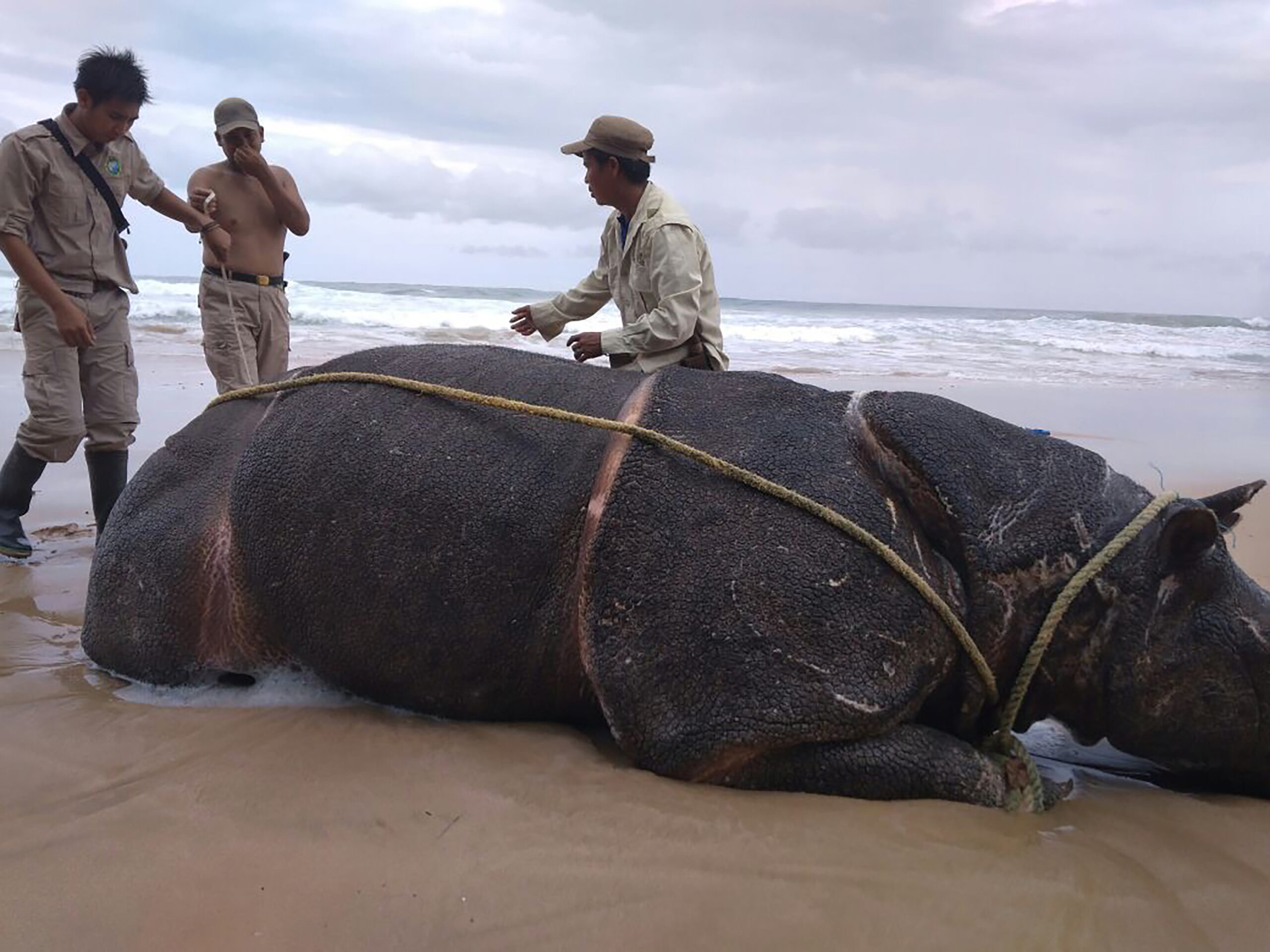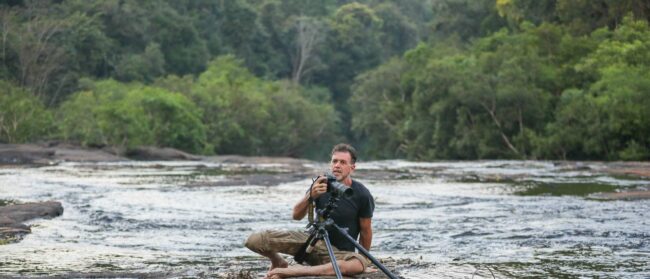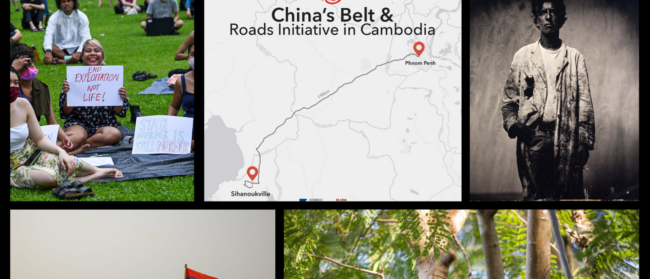With a contested global population of about 70, the Javan rhino is on the edge of extinction.
But the question of just how few remain has become a politically sensitive issue in Indonesia, where the entirety of the species lives in Ujung Kulon National Park, on the western tip of the island of Java.
The Indonesian government typically reports small annual increases for this group, announcing a population of 76 in 2021, up from 73 in 2020. However, a Jakarta-based environmental advocacy group is now arguing the real number is likely far lower, saying the park’s own camera trap data suggests the rhinos are dying off faster than they can reproduce – in part due to the apparent return of poachers to Ujung Kulon for the first time in 30 years.
The growing discrepancy is part of what some researchers have decried as part of a tightening system to control the narrative of the state’s conservation efforts.
“If it’s incompatible with the government line, it’s prohibited. They are politicising conservation through censorship,” said Timer Manurung, director of the non-governmental environmental research group Auriga Nusantara.
Last month, Auriga published the findings of a study drawing from interviews with government whistleblowers and camera trap data that estimated the rhino numbers had decreased by about 21% since 2019. Of the 69 rhinos alive in 2018 – as announced by the Ujung Kulon National Park Office – the study reported that 18 had disappeared across a system of more than 220 camera traps used throughout the park in a period from 2019-2021
Three of the missing were eventually found dead, but the remaining 15 have yet to be found. The analysis is at sharp odds with population estimates from the Ministry of Environment and Forestry (MoEF), which has yet to respond to the Auriga report and has only announced the confirmed death of one rhino infant, Manggala, in 2019.
“It’s best to assume they’re dead,” Manurung said of the still-missing rhinos. “Even the park’s authorities already consider them dead, but they cannot publish that information as it’s being suppressed by the head of the park authority and politicians in the MoEF.”

The Auriga report stated the group was motivated to investigate the Javan rhino population after being inundated last year with calls raising alarm over the species. The organisation said these concerns came from local communities around Ujung Kulon, as well as anonymous staff from the national park and even the MoEF in Jakarta.
The institutions themselves did not cooperate with the study, Manurung said.
“We sent letters to the ministry and sent staff from our team to go and speak to them, but never received any responses and they would not provide us with any information,” said Manurung.
The MoEF did not respond to requests for comment from Southeast Asia Globe. The ministry and its chief, Siti Nurbaya Bakar, have been criticised by some conservationists and researchers for a lack of transparency regarding habitat loss and the status of the country’s many endangered species.
In recent years, the ministry has increasingly taken a firmer hold on environmental research, placing itself as a gatekeeper for what can be studied and how.
Last September, the Indonesian government banned five foreign environmental researchers, deporting one of them, after they publicly contradicted government claims of increasing orangutan numbers. The MoEF swiftly ended its partnership with World Wildlife Fund (WWF) in 2019, following the group’s criticism of the government’s response to forest fires. The WWF had until then worked on the Javan rhino conservation programme, but is now unaffiliated with it.

Poachers on the prowl
Javan rhinos once roamed throughout Southeast Asia, from Indonesia all the way to northern India, where they became extinct in the early 1900s.
A small population was discovered in Vietnam in the 1980s, but they too were hunted to extinction, with the last one killed by poachers in 2009. Its body was discovered in 2010 with a bullet in its leg and its horn cut off.
In its recent report, Auriga highlighted that seven of the still-missing rhinos were female, adding that such a dramatic loss of these potential mothers is a serious blow to any hopes of population recovery. Rhinos usually return to the same places in their habitat, and Manurung is confident in the system’s efficiency in recording them.
“If they aren’t captured on camera one day it’s not a concern – but after several days, if alive, they would certainly be recorded,” he said.
For him, three years with no sightings leaves no doubts.
The camera traps did provide some clues to the disappearances with photos of several men armed with rifles trekking through the national park. Auriga believes the disappearance of 20 camera traps last year suggests they are professional hunters.
The group reported that whistleblowers from the park’s staff had discovered a rhino with what they believed to be a bullet hole, as well as a snare with a height and diameter that “indicates it was targeting rhinos”. However, authorities representing Ujung Kulon argued the punctures seen in the rhino could have been caused by sharp bamboo.
Poaching and disease have been the most important factor in the extinction of the Javan rhino across Asia, but in the three decades leading up to 2018 there had been no evidence of rhino poaching in Ujung Kulon. Auriga now fears this period is over due to weakening protection of the park.
In discreet interviews with Auriga, locals from around the Ujung Kulon admitted to providing rhino poachers with information on their locations.
“The poachers are accessing the south of the park by boat from Lampung in Sumatra, where the Sumatran rhino has already been driven to near extinction,” said Manurung. “That is our biggest fear now – professional rhino poachers are now targeting Ujung Kulon.”


